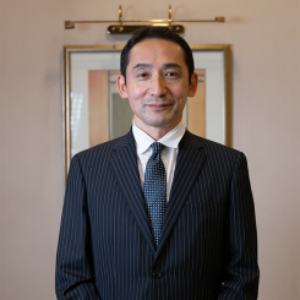Title : Establishment of a new prediction score in corporation with 0-hour/ 1-hour algorithm using high sensitivity troponin T suggest an optimal timing for coronary angiography in patients with chest pain
Abstract:
Background: Discharging patients with acute myocardial infarction or unstable angina from the emergency department (ED) because of missed diagnoses can have dire consequences. In 2015, ESC guideline recommends the 0-hour/ 1-hour troponin measurement algorithm (the 0-1 algorithm) for acute chest pain. The sensitivity is extremely high, more than 98%. There were, however, some patients with acute myocardial infarction or unstable angina were stratified into observation or even rule-out group, and no prediction factor for an optimal timing for coronary angiography (CAG). Object: The aim is this study to establish a risk score incorporating the 0-1 algorithm to predict an optimal timing for CAG in patients with acute chest pain.
Methods; This was a secondary analysis of data collected in a prospective international observational study enrolled consecutive 1,022 patients with suspected non-ST elevation ACS presenting to the ED. GRACE score variables and 0- and 1-hour hs-cTnT were collected. Thirty-day MACE was defined as acute myocardial infarction (AMI), unstable angina (UA) because of none of death nor cardiogenic shock in this cohort. Multivariate logistic analysis was used to calculate adjusted odds ratios (ORs) and 95% confidence intervals (CIs) for each end point. Receiving operating characteristic (ROC) curves and areas under curve (AUCs) were generated for a new score to assess their performance as an early indicator of events. P values of less than 0.05 were assessed as significant. Statistical analysis was performed using SPSS version 16.0 (SPSS Inc.) and JMP version 9.0.0. (SAS Institute Inc.).
Results; Four variables independently predicted a 30-days MACE and were included in the model; gender, risk factors for coronary artery disease (more than 2), and observation group or ruled-in group according to the 0-1 algorithm. The AUC for the new risk model was superior to that of the GRACE risk score (AUC; 0.84 vs 0.40, p<0.01). Conclusion: The new risk model incorporating the 0-1hr algorithm may accurately predict the optimal timing for CAG in patients with chest pain.
Audience Take Away:
• We recommend the use of the new risk model score to predict patients with unstable angina/ NSTEMI.
• It may reduce the overcrowded ED and medical costs.
• Even non cardiologist, patients with chest pain can be stratified more precise and safe.



